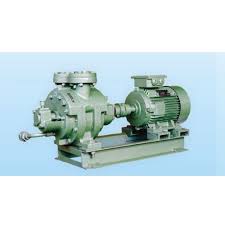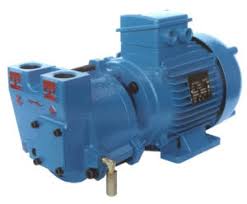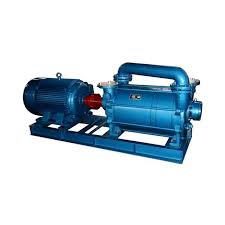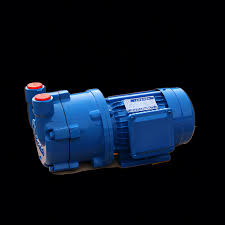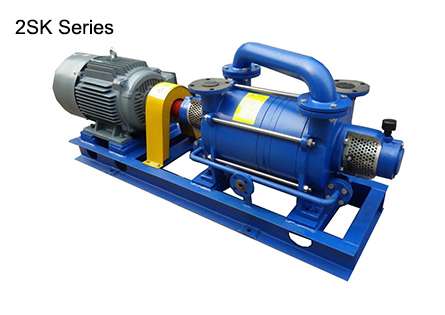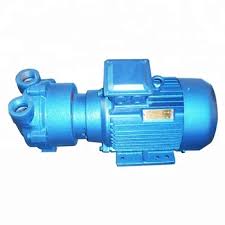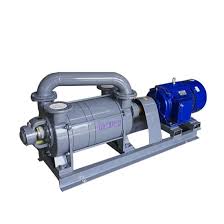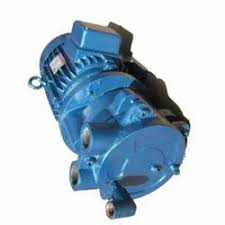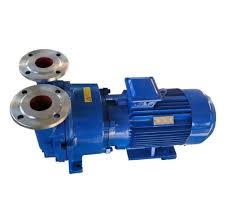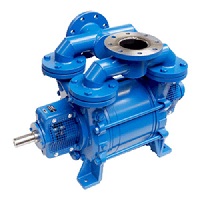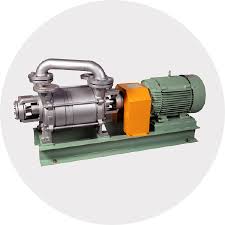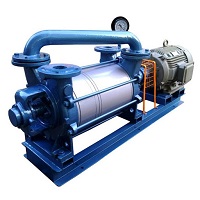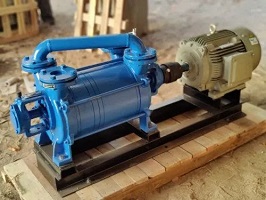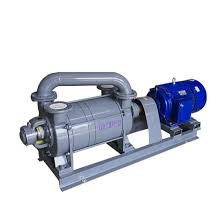water vacuum pump خطا water vacuum pump جلفا water vacuum pump خرید water vacuum pump خطا water vacuum pump خطاهای water vacuum pump خط تولید water vacuum pump حجم water vacuum pump حدید water vacuum pump دانلود water vacuum pump دیجی کالا water vacuum pump در ایران water vacuum pump ذغالی water vacuum pump ذخیره water vacuum pump ذخیره سازی water vacuum pump زنجان water vacuum pump زنجیر water vacuum pump سعر water vacuum pump working water vacuum pump water vacuum pump rental water vacuum pump for pool water vacuum pump working principle pdf water vacuum pump home depot
Decreased Performance : If the pump is unable to maintain the expected vacuum level, it could be due to wear and tear on components or blockages.Increased Noise Levels : Unusual or excessive noise can signal problems like loose parts or damaged bearings, necessitating a thorough inspection.Oil Leaks or Contamination : In oil-sealed vacuum pumps, leaks or contamination can occur, affecting performance and potentially causing damage.Overheating : If the pump overheats, it may indicate ventilation issues or other mechanical failures, which can lead to serious damage if not addressed.Vibration Issues : Excessive vibration may stem from imbalanced components or worn-out parts, and addressing this can prevent further damageIt’s crucial to establish a maintenance schedule that includes regular inspections and servicing to prevent these issues from escalating. If you notice any signs of malfunction, it’s best to troubleshoot immediately or consult a professional for repairs. Regular maintenance not only extends the life of the pump but also ensures its optimal performance
For more detailed troubleshooting steps and maintenance tips, you can refer to resources like Leybold and High Vac Depot.
وکیوم آبی – روغن وکیوم – بلوئر هوا – پمپ وکیوم – وکیوم پمپ – وکیوم روغنی – تعمیرات وکیوم – تعمیر وکیوم – تعمیر بلوئر
water vacuum pump فوائد
water vacuum pump فروش
water vacuum pump فارسی
water vacuum pump غسیل
water vacuum pump غسول – پمپهای خلاء آب (Water Vacuum Pumps) در زمینه غسول (غسل) به معنای ایجاد شرایطی برای نظافت و پاکیزگی آب به کار
water vacuum pump غسل – به نظر میرسد شما به کاربردهای پمپهای خلاء آب در فرآیند غسل (آب پاکی) اشاره دارید. این پمپها میتوانند در برخی
water vacuum pump غرب
water vacuum pump lab – A water vacuum pump, often referred to as a circulating water vacuum pump, uses water as its working create a vacuum
water vacuum pump home depot – Home Depot offers a variety of water vacuum pumps suitable for different applications, such as pool
water vacuum pump for pool – Using a water vacuum pump for a pool is an effective method for maintaining pool cleanliness and removing
water vacuum pump for flood – When it comes to using a water vacuum pump for flood situations, they can be very effective for removing
water vacuum pump chemistry – A water vacuum pump is a vital tool in chemistry laboratories, serving several important functions related
water vacuum pump
water vacuum pump غرب تهران – برای پیدا کردن پمپهای خلاء آب (Water Vacuum Pumps) در غرب تهران، میتوانید به چند روش اقدام کنید:
water vacuum pump عملکرد – عملکرد پمپهای خلاء آب (Water Vacuum Pump) به فرآیند ایجاد فشار منفی یا خلا در یک سیستم مایع اشاره دارد. این
water vacuum pump عربی – مضخة الفراغ المائية (Water Vacuum Pump) هي جهاز يُستخدم لإنشاء فراغ أو ضغط منخفض داخل حيز معين. إليك بعض المعلومات
water vacuum pump عراق – برای پیدا کردن پمپهای خلاء آب (Water Vacuum Pumps) در عراق، میتوانید به چند روش زیر اقدام کنید:1. فروشگاههای
water vacuum pump ظروف – پمپهای خلاء آب (Water Vacuum Pump) میتوانند برای استفادههای مختلفی در زمینه نگهداری و بستهبندی ظروف به کار
water vacuum pump ظرفیت – ظرفیت پمپهای خلاء آب (Water Vacuum Pumps) به میزان دبی یا حجم مایعی که پمپ میتواند در یک واحد زمان
water vacuum pump ظرف – پمپهای خلاء آب (Water Vacuum Pumps) میتوانند برای نگهداری و بستهبندی ظروف (Containers) مختلف به کار روند
water vacuum pump طریقه استفاده – طریقه استفاده از پمپهای خلاء آب (Water Vacuum Pumps) به مراحل مشخصی تقسیم میشود که به شما کمک میکند
water vacuum pump طرز کار – طرز کار پمپهای خلاء آب (Water Vacuum Pump) به طور کلی به دو روش اصلی انجام میشود: پمپهای جابجایی مثبت
water vacuum pump طرز تهیه – تهیه یک پمپ خلاء آب (Water Vacuum Pump) در واقع به معنای طراحی، ساخت و مونتاژ آن است. در ادامه، مراحل کلی
water vacuum pump طرز استفاده – طرز استفاده از پمپهای خلاء آب (Water Vacuum Pump) نیاز به دقت و رعایت اصول ایمنی دارد. در زیر مراحل استفاده
water vacuum pump ضمانت – ضمانت پمپهای خلاء آب (Water Vacuum Pump) به معنای ارائه پشتیبانی و خدمات پس از فروش توسط تولیدکننده یا فروشنده
water vacuum pump ضمانت نامه – ضمانتنامه پمپ خلاء آب (Water Vacuum Pump) یک سند مهم است که شرایط و ضوابط مربوط به خدمات پس از فروش پمپ وکیوم آبی – وکیوم پمپ آبی – پمپ وکیوم روغنی – پمپ وکیوم خشک – تعمیر پمپ وکیوم – پمپ خلاء – بلوئر هوا – تعمیر بلوئر 